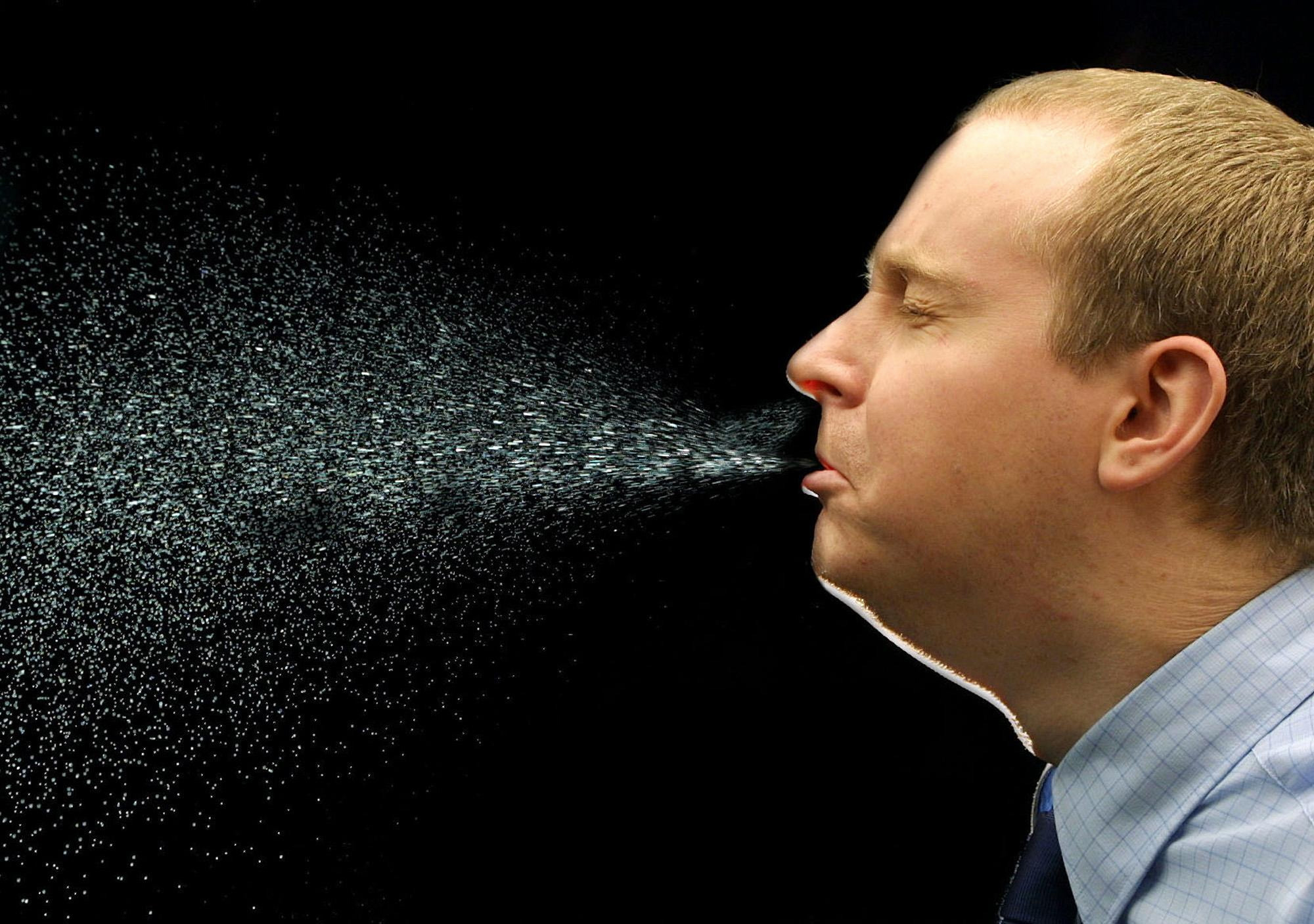Stress remains the biggest cause of Angus Council’s annual £3.7 million sickness headache.
The cost of sick pay to staff during 2015/16 was £3,726,576 compared to £3,734,550 the previous year — a decrease of £7,974.
However, efforts by the local authority to cure its sickness bill has been praised by a campaign group which is no stranger to holding councils to account.
Taxpayer Scotland director Eben Wilson said it was great to see Angus bringing forward new procedures involving absences being directly reported to a health professional to speed up the return to work.
Mr Wilson said other councils should be following Angus’s lead in setting up innovative methods to “analyse, record and reduce the problem”.
“All councils should be doing this,” he said.
This summer a new reporting procedure via the council’s occupational health provider was implemented where employees report their absence directly to a health professional, “who can provide immediate help and guidance to facilitate the earliest possible return to work”.
Human Resources have also discussed with directorates any needs for information to support the management of absence, to ensure managers are clear about their responsibilities and to ensure appropriate monitoring of absence levels is in place.
In addition a concentrated piece of work is currently being undertaken with services in relation to long-term absence cases.
“Taxpayers could be well served by much greater success at this,” said Mr Wilson.
“An accompanying measure that could help would be to get central government to free councils to make more of their own decisions about what services they provide and not trying to micro-manage everything.
“Stress comes from feeling out of control; the more councils can be cut back to what is truly essential, the more their staff will feel on top of their work.”
A report to Angus Council’s scrutiny and audit committee revealed the cost of direct sick pay represented 3.1% of total salary costs.
There has been an overall increase of 0.3 days lost per employee from 2014/15 to 2015/16.
The figures show there were 10.6 average days lost per local government employee last year while teachers accounted for 5.8.
Human resources chief Sharon Faulkner said: “Analysis of the reasons for sickness absence in the council in 2015/16, shows that the major causes of absences, are stress-related, stomach conditions, lower limb, respiratory/circulatory, back, and colds and flu problems.
“Stress-related absence (work and non-work related) accounts for approximately one in four of days lost and remains the single largest cause of absence.
“This is a pattern common to almost all local authorities, public bodies and indeed all employers.
“As a matter of priority the council strives to reduce stress-related absence and to support employees suffering from such conditions through its various absence management measures and the introduction of additional employee well-being support.
“Human Resources Advisers continue to support managers to address their responsibilities for staff who are absent from work.
“This is through direct one-to-one support, training and coaching.”










